The season is done and now the analysis begins. Most Tribe fans out there see an Indians team that, with a few changes, could be at the top of their division next year. To acquire the players to achieve that, however, the Indians will have to trade some of their top specs this winter. So the question is: How can the Indians ensure they trade players who are the least likely to make impacts later? One method I propose using is comparing the minor league stats of top prospects this year to those of some of the current major leaguers. In other words, I’m comparing current prospects to major leaguers when they were at the same stage of development. I have attempted to find players who put up similar stats at the same levels, and I only compared players with a maximum of one year difference in age when on the same level.
There is one glaring omission from this comparison; I did not find a comp for Matt Laporta. The issue is he has never played a complete year in the minors. His two years were both partial years, and so it is difficult to really compare stats. Add in all the transitions Laporta had this year and it would have been unfair to compare the numbers he did have.
To start, I want to compare Carlos Rivero to Miguel Cabrera, a player I have heard him compared to physically. Let’s first look at Rivero and Cabrera’s stats in Low A ball. Rivero was a year older at 19, but for both players it was only their second year in the minors, which would have them in a similar place developmentally.
Player Hits 2B HR BB K AVG OBP SLG OPS
Rivero: 114 26 7 47 84 .261 .332 .369 .701
Cabrera: 113 19 7 37 76 .268 .327 .382 .709
These stats show Cabrera being the superior player, but not by much. The biggest difference was in doubles, and there is hope that as Rivero gets stronger he can turn those doubles into HR’s.
We can also look at both players the next year at high A.
Player Hits 2B HR BB K AVG OBP SLG OPS
Rivero: 116 27 8 36 84 .282 .342 .411 .753
Cabrera: 134 43 9 38 85 .274 .326 .421 .747
We see a bigger jump for Cabrera in power this year, but we still see Rivero keeping up with Miggy. He might have less power, but he was also able to stay at SS as Cabrera, who got shifted over to third, was unable to do. Rivero had about 70 less at bats, which would have helped even out those numbers even more. For those who wonder, it was the year after this that Miggy hit 365 at AA and was subsequently promoted to the majors. If this trend continues, we should expect Rivero to have his breakout year in his 3rd season in AA much the same way that Cabrera did.
The next comparison focuses on a pair of sluggers: Nick Weglarz and Adam Dunn. I know, it’s hard to call Weglarz a slugger when he hit only 10 HR this year, but he did miss a month because of the Olympics. Everyone compares Weglarz to Thome, but Thome’s first year in the minors he was 21 and Weglarz is currently 20.
Player Hits 2B HR BB K AVG OBP SLG OPS
Weglraz: 122 28 24 83 129 .276 .393 .497 .891
Dunn: 96 16 16 79 100 .281 .419 .469 .888
Both players here are in low A at the age of 19. The important stats to look at are AVG/OBP/SLG/ OPS, where Dunn had about 100 less at bats than Weglarz, and so I imagine he would have had more hits and walks but would have been about equal in doubles and HR. Both players show great patience but also have scary strike out numbers. Now, before everyone starts having Russell Branyan flashbacks, let’s look at the walks. Branyan averaged about 50 walks a year and Weglarz should get to 80-100 a year, which is why he is closer to Dunn then Branyan.
Let’s look at what both players did when they were 20 years old:
Player Hits 2B HR BB K AVG OBP SLG OPS
Weglarz: 102 20 10 71 78 .272 .396 .432 .828
Dunn: 118 29 16 84 82 .334 .434 .671 1.105
Weglarz’ numbers took a dip this year when you compare the two players, but Weglarz had about 50 less at bats. In addition, when you consider his best month of the year was when he was gone for the Olympics, you wonder about the numbers he could potentially put up. For as much talk as there was about Weglarz’s power this year, he was still in line to have the same power numbers as Dunn. It is also worth noting that it was after this season that Dunn reached super spec status. Weglarz had a good year, but really he just couldn’t compete with Dunn’s numbers. For example, a 396 OBP is excellent but 434 is unheard of – the only players in the majors last year with a better OBP were Chipper Jones, Pujols, and Bradley. If Weglraz is able to stay on the same time frame as Dunn, we should see him in the majors in 2010, and hopefully not too long after that he’ll start hitting some 30-40 HRs a season.
Next up I’ll compare Hector Rondon and Ervin Santana. First, let’s look at their years at low A. For both players it was their second year in the minors, though Rondon was a year older at 19.
Players
Rondon: 7 136 66 113 4.37 1.25
Santana: 11 155 59 146 4.16 1.23
What I find striking here is that neither player really had a strong year. Both players had the same number of starts, but Santana was able to last a little longer and pitched 19 more innings. Santana also won the SO total by a large margin. For the most part, though, neither pitcher showed enough to be regarded as a top spec at this point. Now let’s flash forward a year:
Players
Rondon: 11 145 58 145 3.60 1.19
Santana: 11 155 48 153 2.79 1.09
Both players had really good years in high A. The comparison isn’t as much on the stats as it is on the fact that both players were able to rebound and show great potential in A. For Rondon I think this was tied to his jump in strike outs: he jumped to average a strike out an inning, which is a ridiculous rate. Only Tim Lincecum, Rich Harden, Edison Volquez, and AJ Burnett averaged a strike out an inning among major league starters this year. Ervin Santana was right-off that pace, and if the Indians are lucky Rondon will follow Santana’s pace and be in the majors in 2010 and be an all star not long after.
Sticking to the pitchers with a look at a current and future Indian, let’s examine the oft compared Kelvin De La Cruz and Fausto Carmona. This time the comparison will start by looking at Fausto’s first year in the minors and Kelvin’s second year. Kelvin played in the GCL his first year so in this comparison he is a year older at 19. It is also worth noting that De La Cruz’s time was spilt between Rookie and A ball whereas most of Carmona’s year was at rookie level.
Players
De la Cruz: 5 72 25 75 3.11 1.16
Carmona: 2 76 37 42 3.15 2.28
Looking at the numbers and recognizing that De la Cruz spent more time on a higher level, I think it’s safe to say that he looks like the much better pitcher. Carmona’s WHIP was especially troubling, and I for one have no idea how he kept his ERA so low. This comparison is more of a set up for the next one:
Players
De La Cruz: 12 130 43 136 2.98 1.32
Carmona: 17 154 37 86 2.16 0.90
While it seems that Carmona had a much better year, once again it should be noted that De La Cruz had 9 starts at high A whereas all of Carmona’s starts were at low A. I look at those stat lines, in particular the strike out totals, and am much more encouraged by De La Cruz’s numbers. A lot of questions are out there about Carmona and his strike out rate in the majors. This is not a question that needs to be asked about De La Cruz. I would argue that because he is able to strike out so many batters, De La Cruz is a better spec at this point in his career than Carmona.
This finishes up the first part of my top prospect comparisons; later this week I will finish up the rest and post part two. The next piece will feature Hodges, Huff, Mills, Miller, and Carlos Santana. So make sure to check out the next piece.









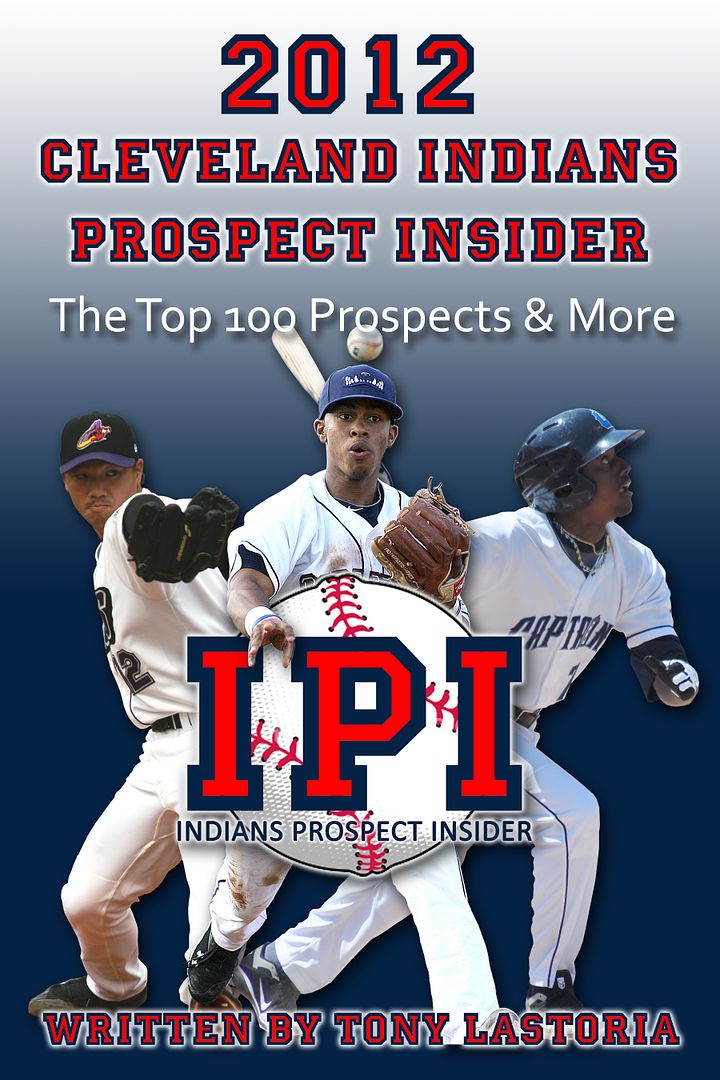
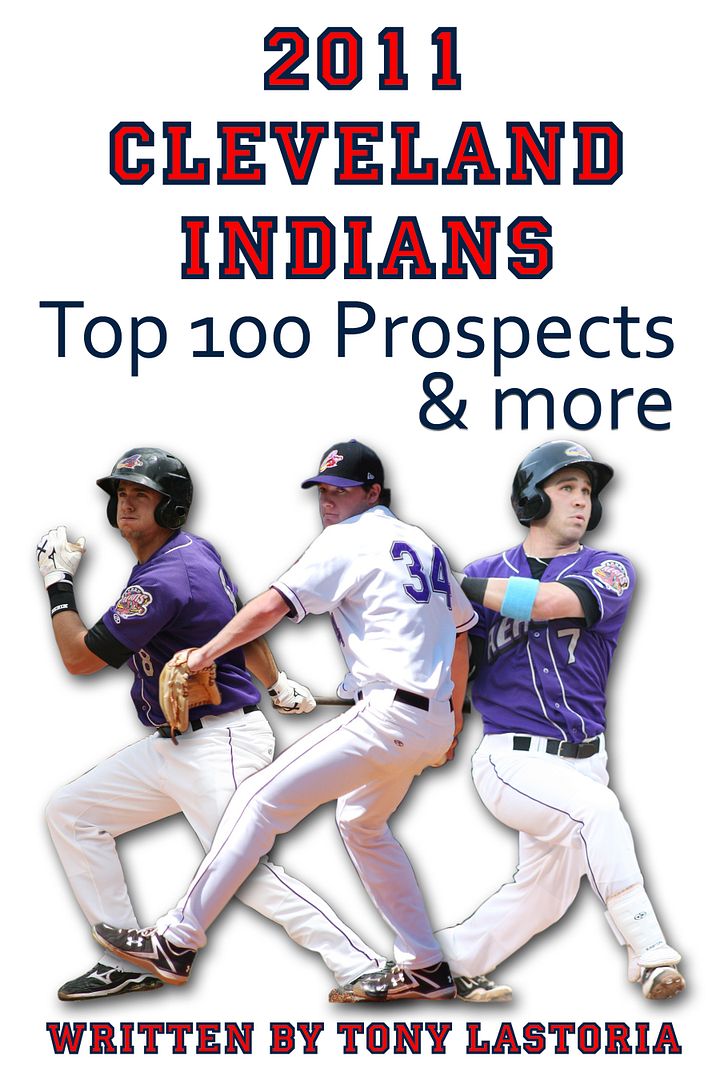
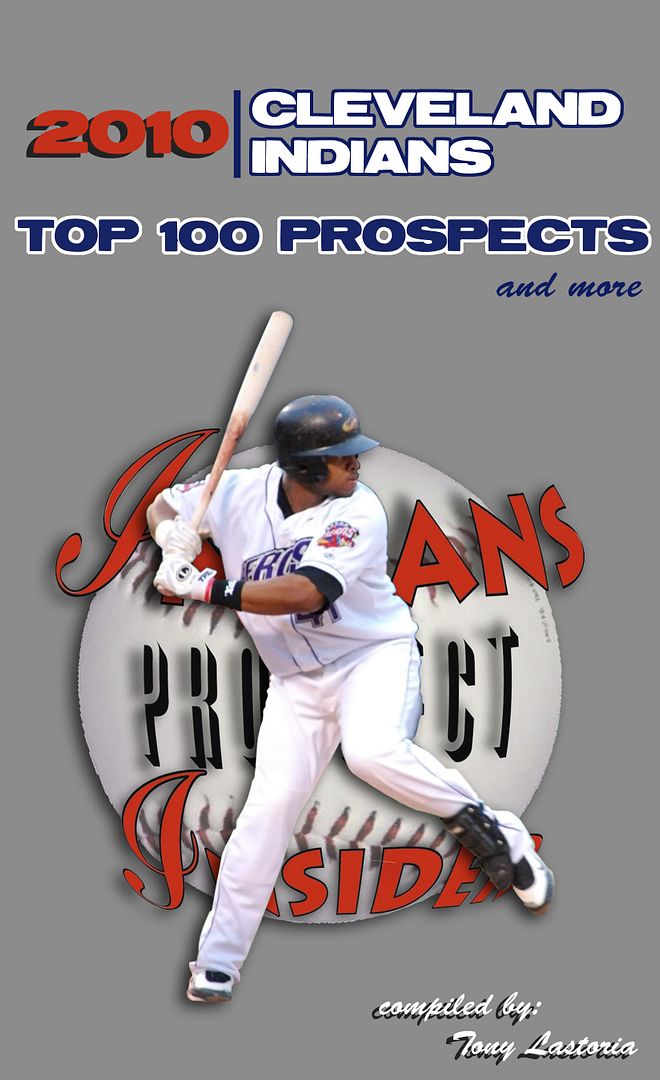
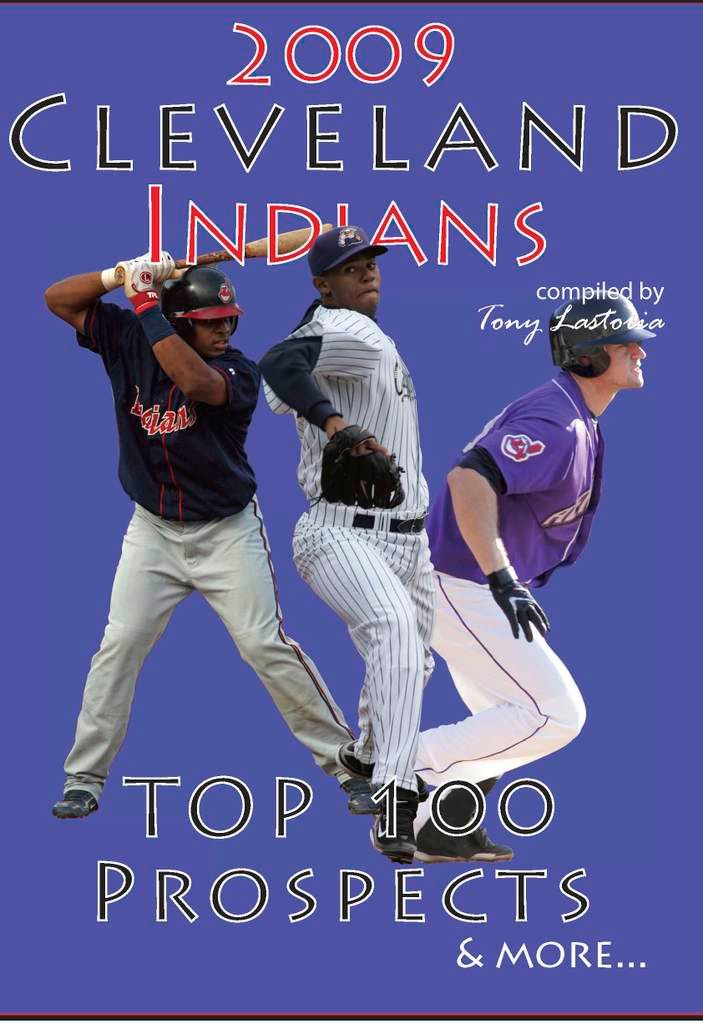
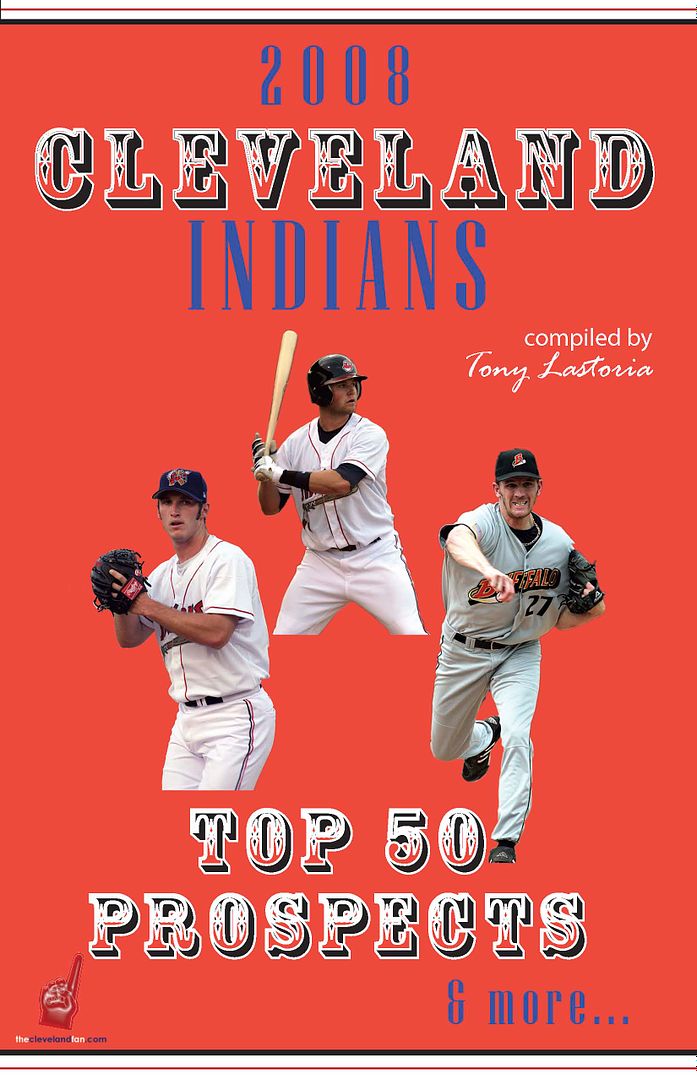
 Everything on this site is free, but for those interested in making any monetary contributions to help support the stability and growth of this site please click on the "Donate" button below.
Everything on this site is free, but for those interested in making any monetary contributions to help support the stability and growth of this site please click on the "Donate" button below.


3 comments:
Hi from NZ, TL,
Really missed this site and a really great article like this one while I am traveling. First chance at an internet cafe. I did not realize Dunn was that good in A ball. Weglarz actually fields vetter than Dunn and Rivero is light years ahead of Cabrera.
Inker, don't thank me...thank Jellis as he is the one who did the comps. He will have part two later this week. I thought it was a very good, interesting piece. Obviously, this is a "best case scenario" comp for these guys.....but interesting to see some stars like Cabrera et al and how they performed at one time in the minors.
just noticed the comments and wanted to say thanks for the positive words, if anyone thinks what I write is anywhere near Tony's level I know I must be doing well
Post a Comment